Kimberley McKell
Toby Johnson
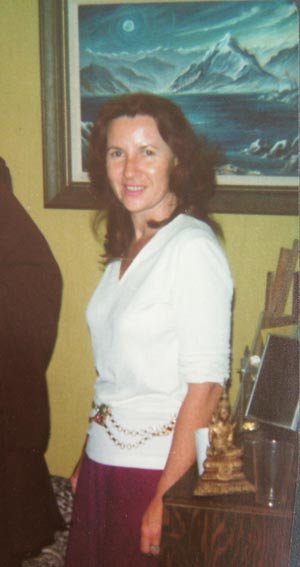

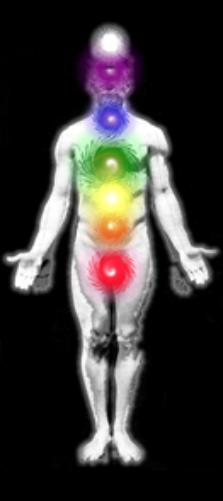
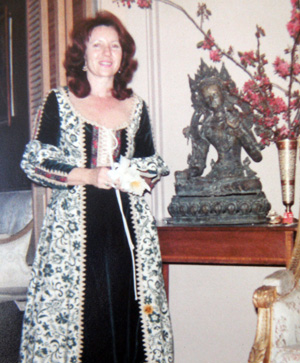
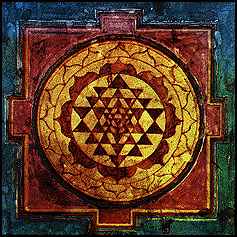
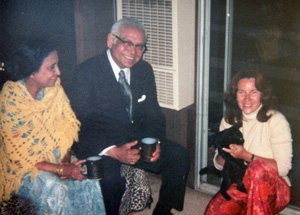
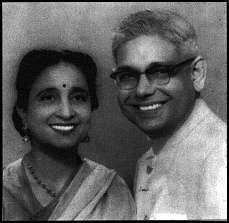 When the American Academy went into financial crisis in the
early 60s after Watts left the administration and faculty and then lost
its accreditation through the University of the Pacific, a group of
students and teachers at the Academy joined with Haridas Chaudhuri to
create the California Institute of Asian Studies in 1968. Chaudhuri was
a disciple of the renown Indian philosopher and modernizer of Hindu
Vedanta thought Sri Aurobindo. Haridas and his wife Bina came to
America as apostles of Aurobindo's idea that Hindu tradition and
Western philosophy could be unified in a great synthesis he called
"Integral Philosophy." (The on-going conversation at the C.I.A.S.
during my own years there was "what does 'integral' really mean?" In
1980, the Institute changed its name to the current title: California
Institute of Integral Studies.)
When the American Academy went into financial crisis in the
early 60s after Watts left the administration and faculty and then lost
its accreditation through the University of the Pacific, a group of
students and teachers at the Academy joined with Haridas Chaudhuri to
create the California Institute of Asian Studies in 1968. Chaudhuri was
a disciple of the renown Indian philosopher and modernizer of Hindu
Vedanta thought Sri Aurobindo. Haridas and his wife Bina came to
America as apostles of Aurobindo's idea that Hindu tradition and
Western philosophy could be unified in a great synthesis he called
"Integral Philosophy." (The on-going conversation at the C.I.A.S.
during my own years there was "what does 'integral' really mean?" In
1980, the Institute changed its name to the current title: California
Institute of Integral Studies.)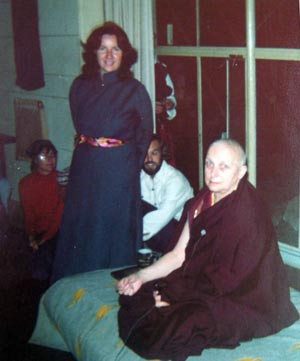
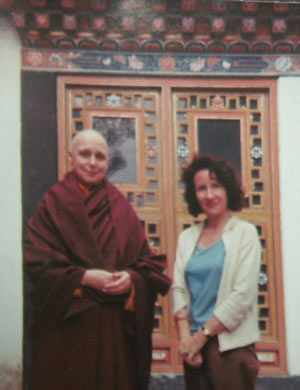
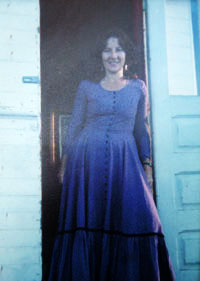


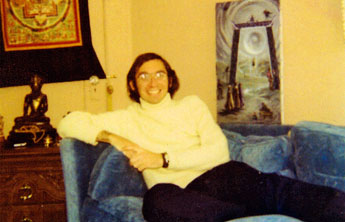
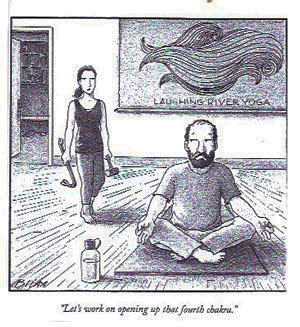
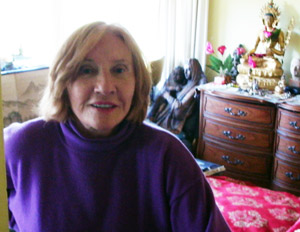
Stan V. McDaniel was a fellow teacher at Sonoma State
College with Kimberley McKell (before
she moved to San Francisco to study at the American Academy of Asian
Studies, under Alan Watts). Professor McDaniel taught a class on The
Philosophy of Jung. He has shared a Powerpoint Presentation he used for
that class titled "Echoes of the Mother Goddess" which he said was
highly influenced by his friendship with Dr McKell. The slide show
explains many of Jung's ideas about symbolism, especially in alchemical
literature and iconography.
![]()
Toby Johnson, PhD is author of nine books: three non-fiction books that apply the wisdom of his teacher and "wise old man," Joseph Campbell to modern-day social and religious problems, four gay genre novels that dramatize spiritual issues at the heart of gay identity, and two books on gay men's spiritualities and the mystical experience of homosexuality and editor of a collection of "myths" of gay men's consciousness.
Johnson's book
GAY
SPIRITUALITY: The Role of Gay Identity in the Transformation of
Human Consciousness won a Lambda Literary Award in 2000.
His GAY
PERSPECTIVE: Things Our [Homo]sexuality Tells Us about the Nature
of God and the Universe was nominated for a Lammy in 2003. They
remain
in
print.
